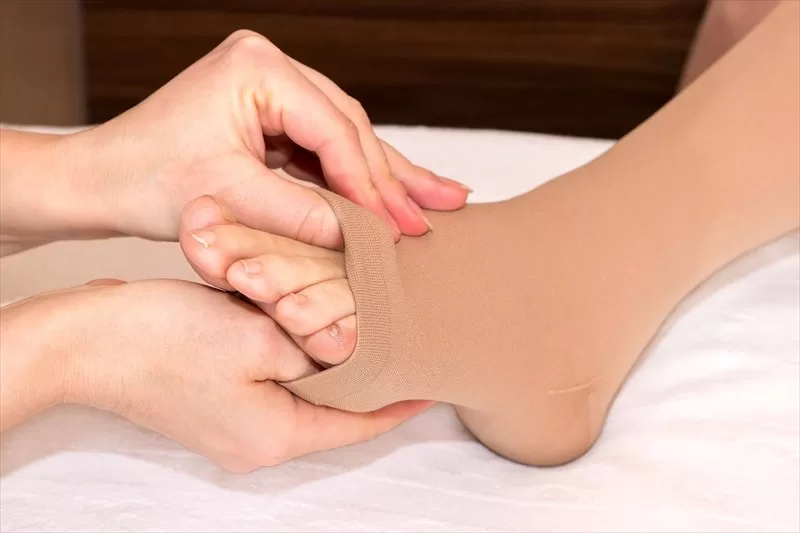Deep vein thrombosis (DVT) is a medical condition whereby a blood clot forms in one of the deep veins of the body, specifically in the leg. However, it may also occur in other parts of your body for instance the arm, pelvis, or abdomen.
Causes of DVT
- Undergoing surgery or having an injury- Surgery, especially on the legs or hips, may increase the risk of DVT. Also, injuries that may damage your blood vessels or cause immobility may also increase the risk.
- Cancer- Some types of cancer particularly the ones that spread to other parts of the body are a risk factor.
- Being pregnant- Pregnancy changes hormonal behavior. Therefore, the change in hormone levels and increased pressure on the blood vessels in the pelvis may increase the risk.
- Obesity- Increases the risk due to too much weight.
- Smoking- It may damage blood vessels.
- Genetic factors: Some people inherit the condition from their family lineage.
Symptoms of Deep Vein Thrombosis
- Swelling-This is one of the most common symptoms of DVT in the affected area. It may be sudden and noticeable or may occur gradually over time.
- Pain- The illness can cause pain in the affected part which may feel like a cramp or soreness. The pain gets worse when standing or walking, and it may improve when you lie down.
- Redness and warmth- The affected part may be red and warm when touched. Also, the skin may also feel tight or stretched.
- Tenderness- The area around the clot becomes tender and causes pain that may be localized to one spot or it may be more diffuse.
- Difficulty walking-If the illness is severe, you may have difficulty walking or standing.
Treatment of Deep Vein Thrombosis

- The treatment for the condition typically involves the use of anticoagulant medication which help to prevent the clot from getting larger and also prevents new ones from forming. Again, you may use other treatments to relieve symptoms and prevent complications. Below are some of the treatments used.
- Anticoagulant medication- This type is used to thin the blood and prevent the clot from getting larger. The most commonly used anticoagulant medications for DVT are heparin and warfarin. Heparin is usually given as an injection, while warfarin is taken orally.
- Compression stockings- Wearing these stockings may help relieve swelling and pain in the affected leg. Also, it can help improve blood flow and prevent clots from forming.
- Thrombolytic therapy- This involves the using medication to dissolve the clot. This type of therapy is usually given for severe cases.
- Vena cava filter- this is where the vena cava filter is inserted into the inferior vena cava, a large vein in the abdomen that carries blood from the lower body to the heart. The filter can trap blood clots and prevent them from traveling to the lungs, which can be life-threatening.
- Surgery-it is rarely used but is necessary in some cases to remove the clot or repair damaged veins.
- However, it is important to seek medical attention if you experience DVT symptoms. This is because prompt treatment can help prevent serious complications.
- Kenya Institute of special education, courses.
- Public Universities in Kenya
- List of best private primary schools in Kirinyaga County.
- What is the history of Kenyatta University?
- How is The Lenana Boy school and location?
- List of Accredited Private Universities in Kenya
- Bay head elementary school history, enrolment, programs offered.